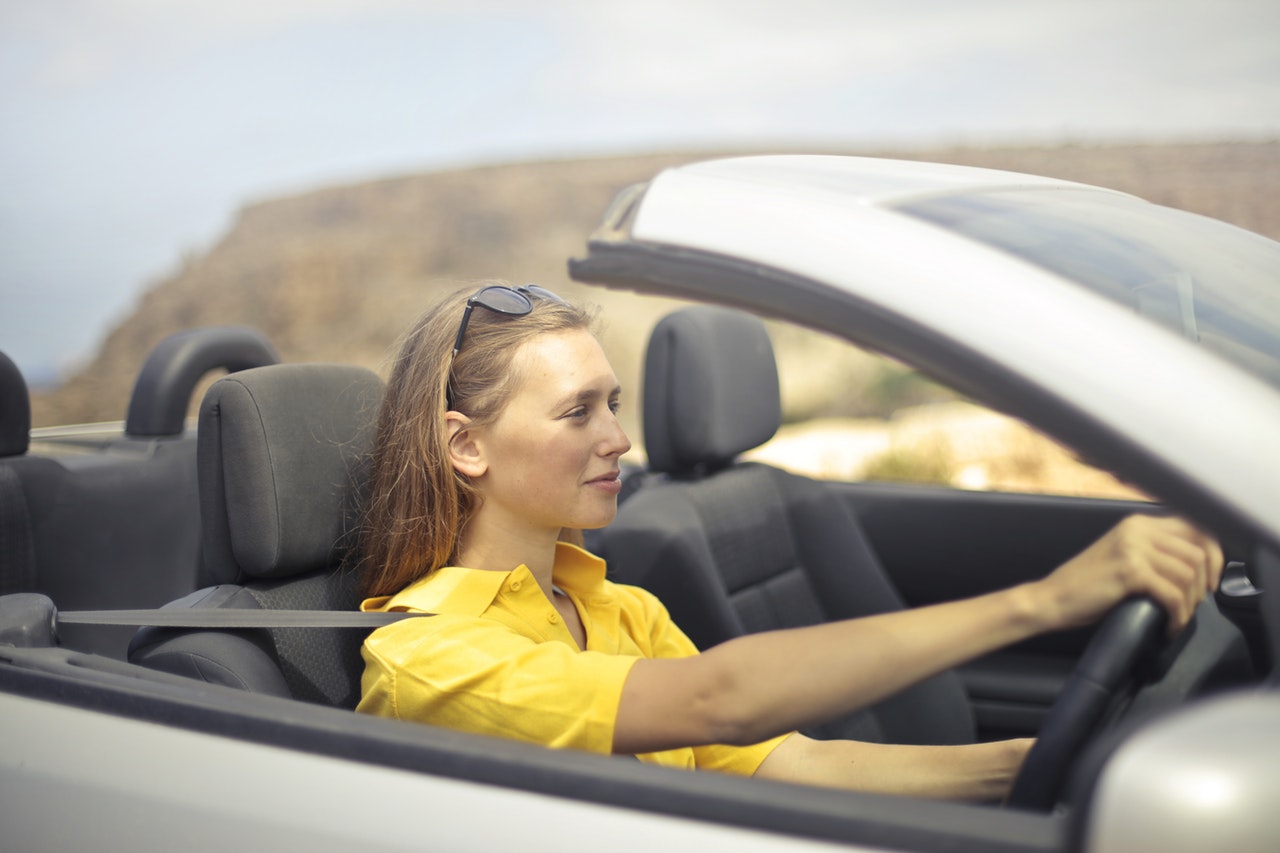Speeding is one of the most dangerous driving offences contributing towards 40% of road fatalities per year. But the definition of speeding might not be clear at first. Speeding simply means exceeding the speed limit.
The biggest misconception of a speed limit is that they’re recommended speeds for driving when in fact they are the maximum legal and safe speed to drive at.
The following is a table of the different speed limits of every state:
| State/Territory | School Zone | Built-Up Area | Rural Area | Highest Speed Zone |
| Australian Capital Territory | 40 | 50 | 100 | 100 |
| New South Wales | 40 | 50 | 100 | 110 |
| Northern Territory | 40 | 60 | 110 | 130 |
| Queensland | 40, 60 or 80 | 50 | 100 | 110 |
| South Australia | 25 | 50 | 100 | 110 |
| Tasmania | 40 or 60 | 50 | 100 | 110 |
| Victoria | 40 or 60 | 50 | 100 | 110 |
| Western Australia | 40 or 60 | 50 | 110 | 110 |
Speed limits are different depending on numerous factors including pedestrian activity, traffic controls and hazards.
You might be also questioning that if safety was such a priority, why wouldn’t the speed limits be even lower?
The answer to that is that it would create too much traffic. Hence, the roads are created to find an optimal trade-off between safety and amount of traffic.
Understanding Stopping Distances
Something extremely important to know are the different stopping distances for the different speeds.
| km/h | m/sec | REACTION DISTANCE | BRAKING DISTANCE | STOPPING DISTANCE |
| 40 | 11.1 | 17 m | 8 m | 25 m |
| 50 | 13.9 | 21 m | 13 m | 34 m |
| 60 | 16.7 | 25 m | 18 m | 43 m |
| 70 | 19.4 | 29 m | 25 m | 54 m |
| 80 | 22.2 | 33 m | 32 m | 65 m |
| 90 | 25.0 | 38 m | 40 m | 78 m |
| 100 | 27.8 | 42 m | 49 m | 91 m |
| 110 | 30.6 | 46 m | 60 m | 106 m |
Although through driving you’ll come to understand intuitively when to stop, it might be of interest to you to understand the numbers behind when to stop as there are different stopping distances for different speeds.
As a general rule, you need to keep a minimum of 3 seconds away from vehicles around you.
What The Speed Limits Mean
40 km/h
These zones are typically high traffic areas where chances of collisions are higher due to the large amount of activity such as pedestrians. The most common area with this speed limit will be school zones due to the many children present. Bus stops and areas with road work are two other areas with this speed limit.
It’s wise to be wary of hazards in this area due to the high amount of activity.
50 km/h
50 km/h is the most common speed limit as it’s the default speed limit in built-up areas of every single state in Australia except Northern Territory. It’s the speed limit you have to follow if there are no speed limit signs.
While these areas are characterised with less activity than 40 km/h areas, there’s still a great need to be careful due to frequent encounters with pedestrians.
Many areas with this speed limit are suburban areas with homes.
This is an important speed to know for learner drivers as you’ll likely be taken to areas without speed limit signs and be expected to drive safely at 50 km/h.
80 km/h
This speed zone is also extremely common as it’s found in urban areas on divided roads without driveway access, undivided arterial roads on the fringes of urban areas and lower quality rural roads.
Despite a lower amount of hazards, it’s vital to be careful in these areas as they can be typically populated with many other vehicles also driving at this speed.
100 km/h
This is the default speed limit in all non-built-up areas for all states other than Western Australia — where the default speed limit is 110km /h. This speed limit applies to most rural roads but the most common place you’ll find it are on urban motorways.
Although there are a lower amount of hazards and activity in these areas, it’s still wise to be careful as you’ll likely encounter other cars driving at the same speed and collisions will be more heavily damaging.
The stopping distance at 100km/h is over 90 metres meaning you should leave adequate distance between other vehicles if driving on these roads.
110 km/h
This is the highest speed limit in every state other than Northern Territory and Australian Capital Territory. These zones are only found in high quality rural divided roads and non-urban motorways.
Similarly to 100 km/h zones, there are low amount of hazards and especially a low amount of curves on the road. This means that it’s much clearer what the hazards are if there are any and you’ll likely be able to see most other cars.
Despite this, understanding adequate stopping distances at this speed is essential as higher speeds mean a greater risk of injury in crashes.
Check out our other posts
Why Do I Need 120 Hours To Take A Driving Test?
What Do I Do If I Lose My Logbook?
Should I Record My Logbook Hours With My Parents Or An Instructor?

